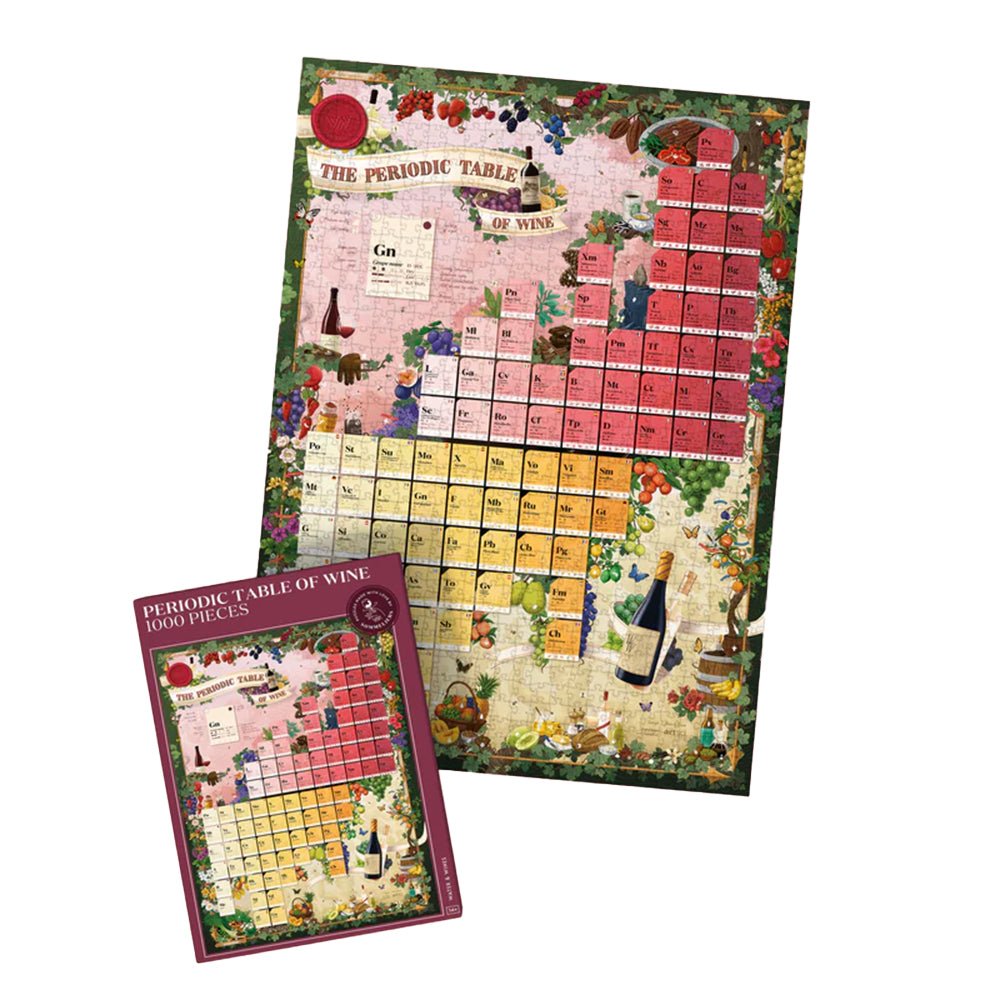Château Rieussec
96 points - The Wine Advocate
96 points - The Wine Advocate
91 points - The Wine Advocate
98 points - The Wine Advocate
97 points - The Wine Advocate
87 points - The Wine Advocate

Château Rieussec
96 points - The Wine Advocate
96 points - The Wine Advocate
91 points - The Wine Advocate
98 points - The Wine Advocate
97 points - The Wine Advocate
87 points - The Wine Advocate
Regular price€82.80
€82.80
/
- In stock, ready to ship
- Inventory on the way
Pale lemon colored, the 2016 Rieussec comes sashaying out of the glass with a beautiful floral and citrus perfume of orange blossom, pink grapefruit, yuzu, lime leaves, lemongrass and fallen leaves with hints of nutmeg and candied ginger. Having shed a lot of the puppy fat from when I last tasted this from barrel, the palate reveals loads of elegant, tightly wound layers and seamless freshness, finishing long and fragrant.
A blend of 86% Sémillon and 14% Sauvignon Blanc, the 2015 Rieussec reveals a bright, pale straw-gold color and is a little closed at this youthful stage, yet it offers wonderful purity and depth, featuring notes of lemon marmalade, orange blossoms, beeswax and acacia honey with hints of preserved kumquats and peach compote. Very elegant and fine in the medium to full-bodied mouth, it features a racy backbone cutting through the earthy and citrus layers, finishing long and spicy.
The 2010 Rieussec is a blend of 92% Semillon, 5% Sauvignon Blanc and 3% Muscadelle picked between 15 September and 4 November over four pickings. There are 160 grams per liter of residual sugar. It has a fragrant bouquet of light honeyed fruit, peony and brioche that does not quite have the daring-do of the 2011. The palate is well balanced with a viscous opening, harmonious with blood orange and quince notes forming toward the composed and elegant finish. This is a delightful Rieussec that I might prefer in its youth than with age. Tasted April 2016.
Pale to medium gold colored, the 2009 Rieussec sings of crème caramel, chopped nuts, baked apples and spiced pears with hints of jasmine, peach blossoms and beeswax. Full-bodied, rich and decadently creamy in the mouth, the multilayered palate is beautifully lifted with fantastic freshness. It has a very long finish offering a lasting impression of great elegance and finesse. Simply stunning.
The 2005 Rieussec is a blend of 90% Semillon, 8% Sauvignon Blanc and 2% Muscadelle picked between 23 September and 27 October. It has a fabulous bouquet that is mineral-rich and tensile. The palate repeats its performance from last year: focused, tense, laden with botrytis-rich fruit with a crystalline and sorbet-fresh finish that seals the deal. One of the best releases from the estate in recent years. Tasted April 2016.
The 2003 Rieussec is a blend of 91% Semillon, 6% Sauvignon Blanc and 3% Muscadelle picked between 17 September and 1 October. Much deeper in color than other vintages, it has a mature, almost tropical mango and passion fruit nose that feels a little one-dimensional. The palate is medium-bodied and smooth on the entry, a little waxy in texture with nutmeg and dried honey notes on the mature, Tokaji-like finish. Given my previous remarks, I wonder if this Rieussec is in decline, especially as vintages of similar age appear to be prospering. Approach with caution.
Type: |
Sweet |
Country: |
France |
Region: |
Bordeaux |
Appellation: |
Sauternes |
Producer: |
Château Rieussec |
Grapes/Blend: |
Sauvignon Blanc, Semillon |
ABV: |
13.5% |
Pairing Sugesstions: |
Fruit-Based Desserts, Blue Cheese, Foie Gras, Cakes, Cream, Berries and Fresh Fruits |
Local Delivery
We have a fleet of vans that deliver throughout the French and Italian Riviera, rates calculated based on distance at cart stage. Option to book time and date.
For deliveries further afield, please call for a quote: +33 4 65 84 99 51
France / Monaco
1 - 2 working days delivery in France, for orders placed before 2pm.
Options for couriers and drop off points available at checkout.
EU - Mainland
1 - 3 day delivery throughout mainland EU, for orders placed before 2pm. Allow an extra day for islands.
Options for couriers and drop off points available at checkout.
Rest of the World
Please call for a quote: +33 4 65 84 99 51






